Paved to Gold
Situated at the end of Hwy 652 North, a paved road in the Sunday Lake Area, about 180 km northeast of Cochrane, is the site of the Detour Lake Project, a massive gold undertaking by Detour Gold that has already been called “the largest pure gold play in Canada.”
It’s a strong statement but one that few will dispute, because aside from the physical dimension of the property, it already contains open-pit reserves of 14.9 million ounces and global resources (Measured and Indicated) of 20.5 million ounces of gold (estimated at US$850/oz); enough for at least a 21-year mine at a throughput that will reach 61,000 tpd.
To further support these expectations comes the fact that the new mines are next to old ones on the same site of Placer Dome’s former Detour Lake Mine, an historic producer of 1.8 million ounces of gold between 1983 and 1999.
When Detour Gold announced plans in 2010 to develop the Detour Lake Project with the intent of eventually investing more than $1.2 billion in construction, people took notice, and today applicants from across the country are eyeing the project as a place of future employment.
The company has already entered into commitments for approximately $540 million for the project and has spent approximately $80 million as of December 31, 2010. The company has about $970 million in cash, which is sufficient to advance the development of the project through mid-2012. The construction process remains on schedule and on budget at this time.
This project will have a significant impact on the economy of Northern Ontario. In fact, more than 1000 direct workers will be needed during the construction phase alone. As expected, housing for these large numbers of construction workers and building a large mining camp required careful consideration for its inhabitants and the environment where the camp was to be built.
Sheldon Rachuk, Detour Gold’s Director of Procurement, Contracts and Logistics, said: “The camp was one of our first priorities, because it had to provide a safe ‘home-away-from-home’ atmosphere, while at the same time be a place that would enhance productivity.”
Rachuk said that ATCO Structures & Logistics was awarded a major contract to fabricate and erect modular units for a 1000-person construction camp to include dormitories, a modern kitchen and dining room, recreation room, offices, and a Fold-A-Way metal building for storing an ambulance and fire truck.
With the construction camp now nearly completed and other infrastructure construction in the early stages, the hiring of workers is in full motion with nearly 400 people working at site, most of them on a 21-days-in, seven-days-out rotation. Once in full operation, Detour Gold will employ close to 500 people that will work on a seven-days-in, seven-days-out rotation with 12-hour shifts.
Pierre Beaudoin, Detour Gold’s Senior Vice-President of Capital Projects, says: “If we have a roster of seven and seven, we’ll more likely attract young families, and the company will try to support and encourage people to establish themselves in Cochrane. We want to be an active participant in the economic growth of Cochrane and become part of the community’s success.
“Our plan is to meet our commitments to our Aboriginal partners and also support Cochrane’s local businesses, where our administrative centre is located.”
Cochrane, a forestry-mill town of 5,400, is already positioning itself as the “stepping off” point for the Detour Lake gold mine project, and town officials say they have received many inquiries from residential, commercial and industrial developers thanks to the mine.
Like all mining projects, however, it takes more than healthy ore bodies and community support to attract investors to any given site, and one of the stronger attractions that brought Detour Gold to this property was the infrastructure.
The paved highway already mentioned was a great asset, a blessing some may say, but the site’s proximity to water and electricity made it even more appealing because, as every gold miner knows, you can’t pour without power and water. Fortunately, the Detour Lake Project has both within its reach, and already crews are working to bring “power to the pit” by constructing a 185-km transmission line to connect with Ontario’s electrical grid.
Company President and CEO Gerald Panneton said recently that “Having received the green light for the transmission line construction from the Ontario Ministry of the Environment means that the development of the Detour Lake mine remains on schedule as we move ahead with the development of Ontario’s largest gold mine.”
The task of building the transmission line has been awarded to Detour Lake Constructors (DLC), a partnership led by Peter Kiewit Infrastructure Co., with Moose Cree Constructors Inc (Moose Cree First Nation), New Post Constructors LP (Taykwa Tagamou Nation) and Wahgoshig First Nation, as partners.
Construction started earlier this year with the first segment of 135 km from the project site to Island Falls power station. Completion of this segment will provide a 115 kV connection to the provincial grid to support project construction. The second segment of 45 km, from Island Falls to the Pinard transformer station (near Fraserdale), will start in the winter of 2011-2012 and, when completed, will provide up to 120 MW at 230 kV of power during the operation of the Detour Lake mine.
With most permitting and approvals in place or nearing finalization, the Detour Lake Project is taking shape; but as alluded to earlier, nothing would be happening without NI 43-101 disclosure of the June 2010 feasibility study, where it stated 11.4 million ounces of gold reserves with a targeted average annual production of 650,000 ounces at the site. Now with a mineral reserve update just announced, which reached 14.9 million ounces, Detour Gold is initiating economic studies to evaluate a potential expansion of the mining operation.
Reaching these numbers took Detour Gold a relatively short time. Since acquiring the property four years ago, the company has completed more than 500,000 metres of drilling, and last year alone it drilled 107,000 metres.
Even now after defining nearly 15 million ounces in reserves, Detour Gold is hopeful to find more ounces on its property as the Detour Lake deposit remains open to the west and at depth. Approximately 50,000 metres of drilling is planned for this year with the objective of further expanding the mineral reserve. Along with Abitibi Greenstone belts, there is also more than one gold deposit to be found. With two main structures cross-cutting the property for a total strike length of nearly 80 km, Detour Gold is confident in the potential of finding some high-grade in the next few years for a nice sweetener to its mining operation.
Knowing what’s in the ground is half the battle, the other half is getting it out; and that will happen within the next couple of years as conventional open-pit mining methods will be used to mine the Detour Lake deposit, utilizing a fleet of up to 36 haul trucks (320 tonne class), 2 electric cable shovels (40 m3), 3 electric-hydraulic shovels (28 m3), 6 drills and various ancillary equipment to support the mining operation. The open-pit design incorporates 12-m-high benches with a 35-m-wide main road at a maximum grade of 10%.
(Note:* Toromont CAT, a division of Toromont Industries Ltd., has been selected by Detour Gold to supply the production fleet of mining trucks and support equipment. An initial fleet of 18 CAT 795F AC 320-tonne mining trucks has been purchased along with two RH340 Bucyrus shovels). The Detour Lake Mine will be the first in the world to use a complete fleet of these new-sized CAT trucks.
The company’s strategy remains, as per the feasibility study, to develop the mining schedule using an elevated cut-off grade through the early years for a higher head grade to be processed at the plant.
As for processing, the feasibility study plans called for
using a conventional gravity, cyanidation and carbon-in-pulp processing facility initially operating at 55,000 tpd and ramping up to 61,000 tpd. The grinding circuit will consist of two parallel lines, each having one twin-pinion, semi-autogenious (SAG) mill (36’x20′) and one two-pinion ball mill (26’x40′). These four mills will be equipped with a pair of 7,500 kW variable speed drive motors.
Detour Gold is already starting to think bigger and is moving ahead with further economic studies to assess the potential for increasing the annual production profile once the project has reached production in early 2013. Several scenarios for an increase in mill capacity (processing plant expansion) will be evaluated in those studies, including throughput options between 75,000 and 100,000 tpd. Its purchased gyratory crusher is already designed for higher capacity. At US$1,000/oz or above, and once the plant expansion is completed, the company could lower the gold cut-off grade and generate a higher mineral reserve.
Detour Gold’s Detour Lake Project is a massive undertaking and while the site doesn’t look like much more right now than a snow-covered trailer park next to a frozen lake, it will gradually transform into one of the greatest mining camps and operations in Canada, if not the world.
“Many of the new mines coming online are large-scale operations, compared to the two or three previous generations, and despite the challenges associated with a project of this magnitude, Detour Gold’s team is highly qualified and ready,” says President and CEO Gerald Panneton.
So is Canada… bring it on!
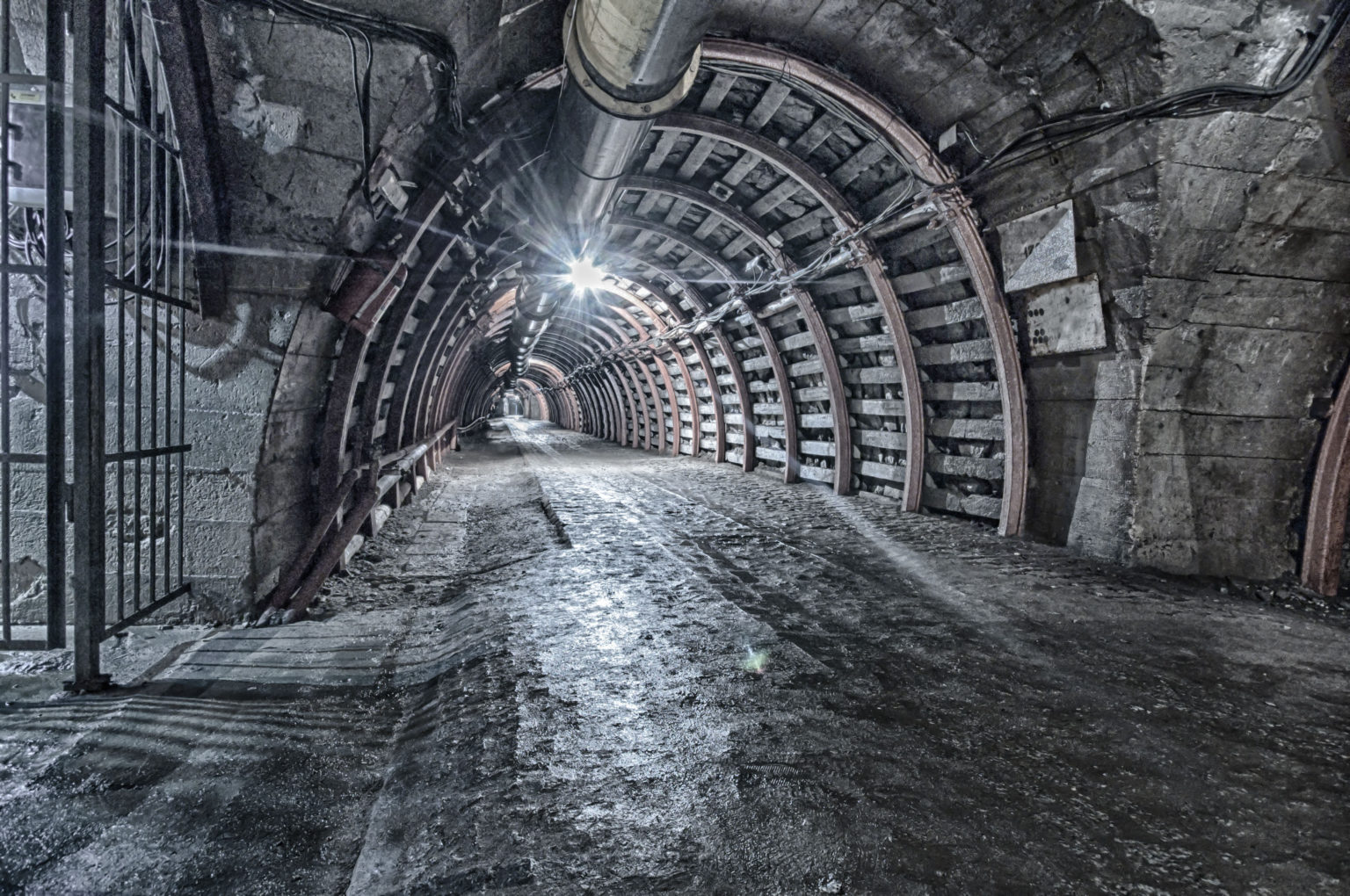
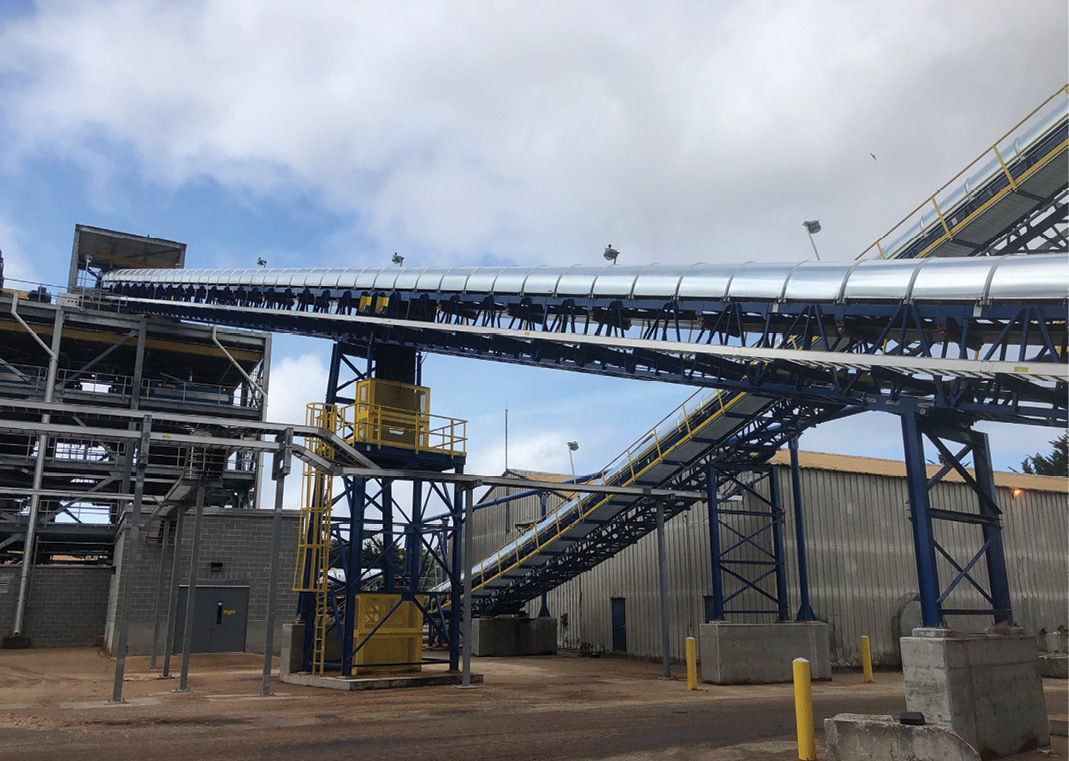
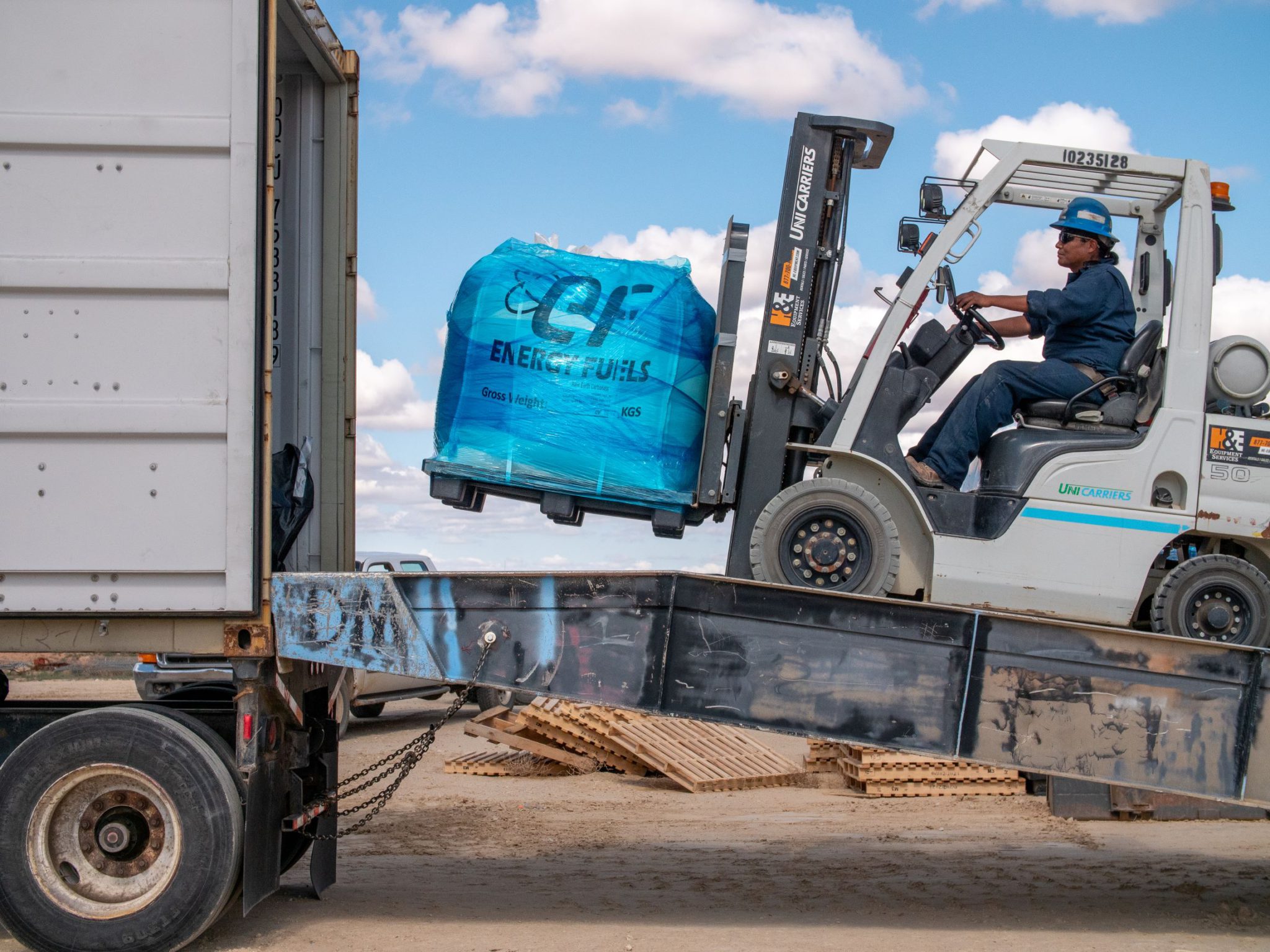
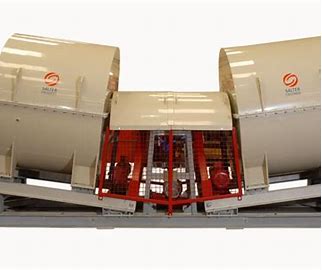
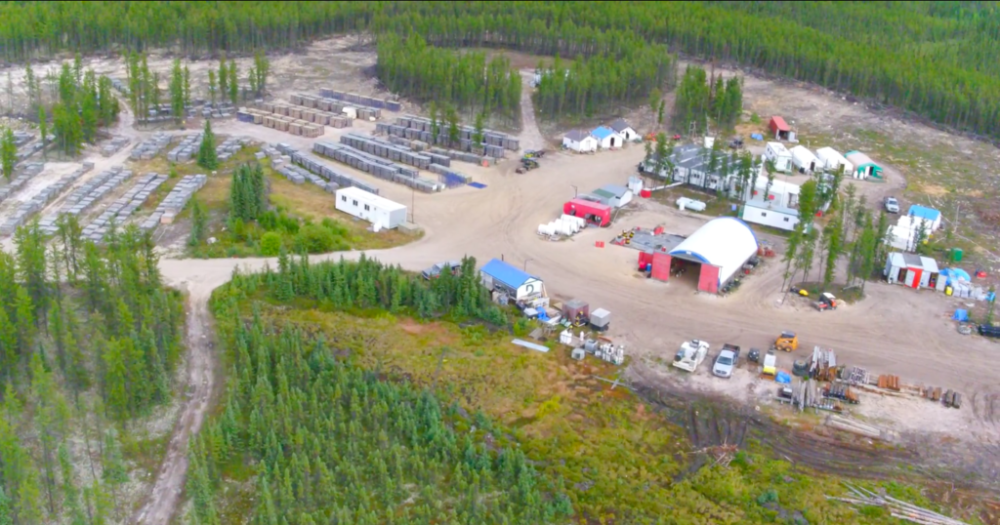
Comments